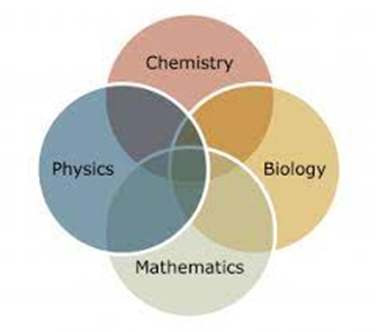Enzyme
Kinetics
In an enzyme reaction S → P, the rate of the reaction is
depend on the substrate concentration. At low substrate concentration the rate
of reaction ‘v’ is proportional to substrate concentration. As the substrate
concentration is increased, the velocity of reaction falls and is no longer
proportional to the substrate concentration. With the further increase in
substrate concentration, the rate of reaction becomes substrate and independent
of substrate concentration. The enzyme at this stage shows the Saturation
effect, i.e. it has become saturated with the substrate and levels off to a
flat plateau at high substrate concentration.
The plateau
occurs because the enzyme is substrate, meaning all available enzyme molecules
are tied up with substrates. Any additional substrate molecule will have to
wait around till another enzyme is available, so we can say rate of reaction is
limited by enzyme concentration. This maximum rate of reaction is
characteristic of a particular enzyme at a particular concentration and is
known as the maximum velocity or Vmax.
The substrate concentration that
gives a rate that is halfway to Vma is called Km and is
useful measure of how quickly reaction rate increases with substrate
concentration. Km is also a measure of an enzyme affinity to its
substrate, while a higher Km correspond to a lower affinity for the
substrate.
These
saturation effect led Michaelis and Menten to general theory of enzyme action
and kinetics in the year 1913.
Michaelis-Menten plot
Vmax.(S)
V= -------------
Km+(S)
S =
Substrate
V = Reaction velocity
Vmax = Maximum velocity
Km = Michaelis-Menten constant





0 Comments